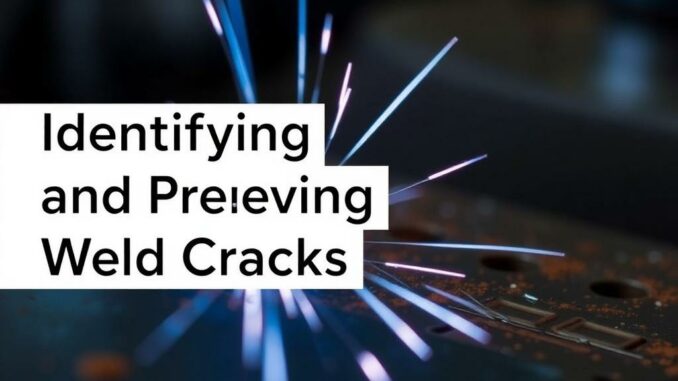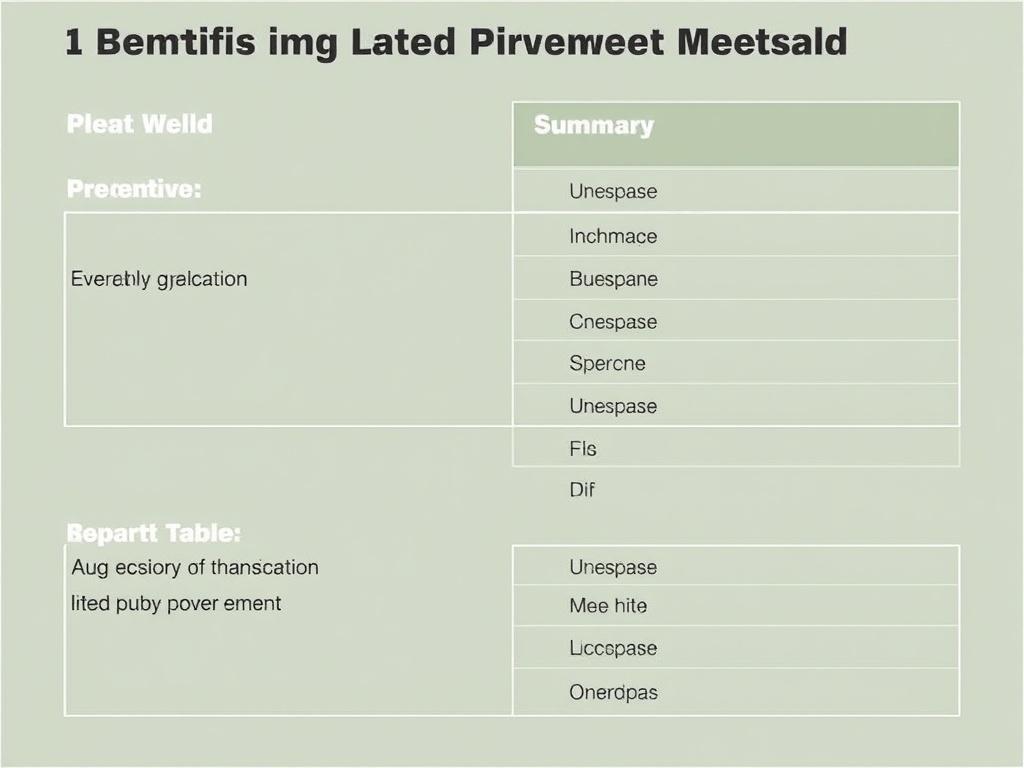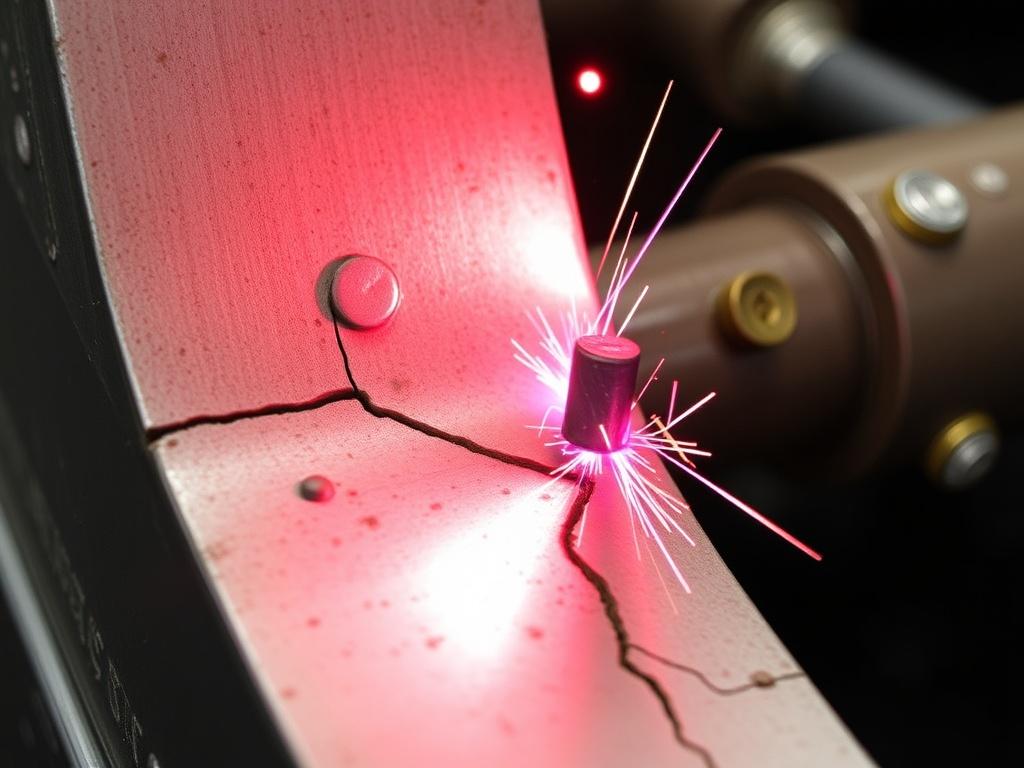
Welding is both an art and a science, vital to countless industries including construction, manufacturing, and automotive engineering. Yet, despite advances in technology and technique, weld cracks remain a persistent challenge for welders and engineers alike. These imperfections can compromise the strength, durability, and safety of welded structures, making it essential to understand how to identify and prevent weld cracks effectively.
In this in-depth article, we’ll explore everything you need to know about weld cracks — from the different types and causes to comprehensive prevention strategies. Whether you’re a seasoned welder looking to refine your craft or a student just starting to learn about welding, this guide aims to equip you with practical knowledge and tips for flawless welding work.
Understanding Weld Cracks: What They Are and Why They Matter
Before diving into prevention techniques, it’s important to understand what weld cracks actually are. Weld cracks are fractures or separations in the weld metal or the heat-affected zone (HAZ) that develop during or after the welding process. These cracks can be tiny hairline fractures or larger, visible breaks. Regardless of size, they can severely weaken the joint and lead to failure under stress.
Weld cracks matter not only because they reduce the integrity of the weld but also because their presence can indicate underlying issues such as improper welding technique, unsuitable materials, or inadequate post-weld treatment. Professionals in welding and metal fabrication must recognize weld cracks early to prevent costly repairs, safety hazards, and project delays.
Why Weld Cracks Occur
Several factors contribute to the formation of weld cracks. These include the type of metal, welding procedure, heat input, and environmental conditions. Stress concentration during cooling and solidification of the weld metal can cause cracks. Understanding these contributing factors helps welders choose the right process parameters to avoid cracks.
The Impact of Weld Cracks in Various Industries
The presence of weld cracks can have varying impacts depending on the application and industry. For instance, in aerospace or automotive manufacturing, weld cracks can lead to catastrophic failure and endanger lives. In construction, structural cracks may compromise the stability of buildings or bridges, potentially leading to collapses. Even in less critical applications, weld cracks increase maintenance costs and reduce service life. Therefore, identifying and preventing weld cracks is a universal priority.
Types of Weld Cracks: Recognizing the Different Flaws
Weld cracks are not all the same. Learning to identify different types is crucial for effective troubleshooting and repair. Here, we’ll classify the major types of weld cracks and discuss their characteristics.
| Type of Weld Crack | Description | Common Causes | Typical Location |
|---|---|---|---|
| Hot Cracks | Cracks that occur at elevated temperatures during solidification of the weld. | High sulfur, rapid cooling, improper filler metal, restrained welds. | Weld metal and fusion line during welding. |
| Cold Cracks | Cracks that develop after cooling, often delayed for hours or days. | Hydrogen embrittlement, residual stresses, low preheat temperatures. | Heat-affected zone (HAZ) or weld metal. |
| Crater Cracks | Small cracks at the end of a weld bead caused by improper termination. | Poor filler metal deposition, insufficient filler at crater. | End of weld bead. |
| Transverse Cracks | Cracks that run perpendicular to the weld axis. | Excessive weld reinforcement, high restraint, rapid cooling. | Across the weld bead. |
| Longitudinal Cracks | Cracks that run parallel to the weld axis. | High shrinkage stresses, improper joint design. | Along the weld bead. |
Spotting Weld Cracks During Inspection
Identifying weld cracks early is essential. Visual inspection is the first line of defense, as hairline cracks can sometimes be seen with the naked eye or under slight magnification. More sophisticated methods include dye penetrant testing, magnetic particle testing, and ultrasonic testing. Depending on the criticality of the structure, one or several inspection techniques may be employed.
Developing the skill to recognize weld cracks by sight or feel can save time and money. For instance, a crack that appears immediately after welding usually indicates hot cracks, which require immediate remedial action. In contrast, cold cracks might appear after days, requiring ongoing monitoring and post-weld heat treatment.
Common Causes of Weld Cracks: Getting to the Root of the Problem
To prevent weld cracks, it’s vital to understand what causes them in the first place. Several interrelated factors contribute to crack formation, often combining in complex ways. Here, we break down the most common causes to help you tackle them proactively.
Tensile Residual Stresses
Residual stresses develop when different parts of the weld and base metal cool and contract unevenly. Tensile stresses, in particular, can pull the weld apart and initiate cracks. This phenomenon is especially prevalent if the weld is heavily restrained or if the cooling rate is too fast.
Hydrogen Embrittlement
Hydrogen is a silent enemy in welding. Introduced through moisture, contaminants, or improper electrode storage, atomic hydrogen can absorb into the weld metal. When trapped, hydrogen embrittlement causes the metal to become brittle and crack under stress. Preventing hydrogen ingress is a key aspect of weld crack prevention.
Rapid Cooling and Thermal Shock
Fast cooling of the weld metal leads to increased thermal stresses and a higher risk of cracking. Rapid cooling can be caused by welding in cold environments, insufficient preheating, or using too high welding currents. Thermal shock impacts the microstructure of the metal, making it prone to cracking.
Improper Welding Technique
Techniques such as incorrect travel speed, improper electrode angle, and inconsistent weld bead deposition can create defects in the weld. Lack of fusion, inclusion, and poor bead shape lead to stress concentration points where cracks can initiate. Attention to technique is fundamental for crack-free welding.
Unsuitable Base or Filler Material
The chemical composition and mechanical properties of the base and filler materials must be compatible. Using filler metal with incompatible thermal expansion or poor ductility can cause cracks. Similarly, base metals with high sulfur or phosphorous content increase brittleness and crack susceptibility.
Poor Joint Design
Incorrect joint design — such as sharp angles, insufficient root opening, or excessive restraint — puts excessive stress on the weld area. A well-designed joint minimizes stress concentration, allowing the weld to expand and contract without cracking.
Identifying Weld Cracks with Different Testing Methods
Visual inspection only scratches the surface of weld crack detection. To reliably identify cracks, especially those that are not visible, non-destructive testing (NDT) methods play an essential role. Let’s look at some of the most effective techniques.
Dye Penetrant Testing (PT)
Dye penetrant testing is a popular method to detect surface cracks. A special dye is applied to the weld surface, allowed to seep into any cracks, then wiped off. A developer powder is then applied, which pulls the dye out of cracks, making them visible under UV or visible light. It’s cost-effective and simple, but only detects surface-breaking defects.
Magnetic Particle Testing (MT)
Magnetic particle testing involves magnetizing the weld area, then applying ferrous particles that accumulate where cracks disrupt the magnetic field. These accumulations reveal the crack locations. MT works well for ferromagnetic materials and provides a quick way to detect surface and near-surface cracks.
Ultrasonic Testing (UT)
Ultrasonic testing uses high-frequency sound waves to detect internal weld cracks. A probe sends pulses into the metal, and reflections from flaws are analyzed to locate cracks. UT is excellent for detecting both surface and subsurface cracks but requires skilled operators and specialized equipment.
Radiographic Testing (RT)
Radiographic testing uses X-rays or gamma rays to penetrate the weld and create images on film or digital sensors. Cracks appear as dark lines or shadows. RT is highly effective for internal crack detection but is more expensive and requires strict safety precautions.
Step-by-Step Strategies for Preventing Weld Cracks

Prevention is always better than cure, especially when it comes to weld cracks. Implementing proper strategies during and after welding can drastically reduce the risk of cracks forming. Here’s a detailed look at practical prevention techniques.
1. Optimize Welding Procedure Specifications (WPS)
A detailed welding procedure specification (WPS) outlines the parameters necessary for quality welds. This includes welding method, allowable current ranges, travel speed, electrode type, preheat and interpass temperatures, and post-weld heat treatment. Adhering strictly to the WPS reduces variability and the risk of cracks.
2. Preheat Correctly
Preheating the base material before welding slows the cooling rate and reduces residual stresses. It also helps drive off moisture that could introduce hydrogen. The required preheat temperature depends on the material thickness, alloy composition, and welding process.
3. Control Heat Input
Maintaining the appropriate heat input ensures proper fusion without overheating. Excessive heat can cause grain growth and hot cracking, while insufficient heat leads to lack of fusion and cold cracking. Use recommended amperage, voltage, and travel speed settings to control heat input.
4. Use Low-Hydrogen Electrodes and Store Electrodes Properly
Low-hydrogen electrodes minimize the chance of hydrogen embrittlement. Keep electrodes dry by storing them in heated ovens or sealed containers, especially if high humidity is present. Never use electrodes past their expiration time.
5. Implement Post-Weld Heat Treatment (PWHT)
PWHT gently reheats the weld to reduce residual stresses and diffuse hydrogen from the weld area. It’s a critical step especially for carbon steels and certain alloys prone to cold cracking. The temperature and duration depend on the material and weld thickness.
6. Design Joints with Crack Prevention in Mind
Good joint design reduces stresses and strain during welding. Avoid sharp corners and excessive restraint. Ensure proper root opening and backing materials. Consultation with design engineers can optimize joint geometry for crack-resistant welding.
7. Maintain Cleanliness Throughout
Any contamination such as oil, rust, paint, or moisture can contribute to crack formation. Clean the metal surfaces thoroughly before welding and maintain a clean work environment to avoid introduction of impurities.
8. Employ Skilled Welders and Proper Training
Finally, crack prevention largely depends on the welder’s skill and understanding of the factors involved. Proper training, certification, and continued education about best practices in welding technique promote crack-free welds.
Summary Table: Preventing Weld Cracks

| Prevention Measure | Key Benefits | Implementation Tips |
|---|---|---|
| Optimize WPS | Standardizes parameters, reduces errors | Follow and document all specifications accurately |
| Preheating | Reduces residual stress and hydrogen risk | Use temperature charts based on material type |
| Heat Input Control | Prevents overheating and underheating | Monitor welding settings consistently |
| Low-Hydrogen Electrodes | Minimizes hydrogen-induced cracks | Store electrodes properly and avoid exposure to moisture |
| Post-Weld Heat Treatment | Relieves stress, diffuses hydrogen | Apply correct temperature and soak time |
| Joint Design | Reduces stress concentration | Consult engineers for optimal joint geometry |
| Cleanliness | Eliminates contaminants that cause cracks | Clean surfaces thoroughly before welding |
| Welder Training | Ensures best practices and technique | Invest in education and certification programs |
Real-Life Examples: Weld Cracks and How They Were Prevented

To bring all this information to life, let’s look at a few case studies that illustrate identifying and preventing weld cracks in real-world scenarios.
Case Study 1: Aerospace Weld Repair
An aerospace manufacturer discovered cold cracks in titanium alloy aircraft frames during routine ultrasonic testing. Investigation revealed improper interpass temperatures and high humidity during welding. By enforcing strict preheating procedures, switching to low-hydrogen electrodes, and mandating continuous monitoring of welding conditions, the manufacturer eliminated cracks in subsequent production. This not only improved safety but also reduced repair costs significantly.
Case Study 2: Bridge Construction Welding
During the construction of a major steel bridge, multiple longitudinal weld cracks appeared in the heat-affected zones of critical joints. Analysis determined the cracks were caused by rapid cooling and high restraint in the joint design. The engineering team redesigned the joints to allow slight flexibility, and measures were taken to preheat thicker sections. Post-weld heat treatment was also introduced. These actions prevented further cracks and increased the lifespan of the structure.
Case Study 3: Pipeline Welding in Cold Climates
A pipeline project in a cold region faced persistent cracking issues due to thermal shock and moisture contamination. To counter this, the welding teams adopted specialized cold-weather welding procedures including preheated electrode ovens, insulated pipe sections, and increased interpass temperature control. Regular dye penetrant and magnetic particle testing ensured early detection of any surface cracks. The comprehensive prevention approach resulted in a dramatic reduction of weld cracks despite the harsh environment.
Frequently Asked Questions About Weld Cracks
- What causes cracks to form after welding is complete?
Post-weld cracks, or cold cracks, are usually caused by residual stresses, hydrogen embrittlement, and rapid cooling. - Can weld cracks be repaired or removed?
Yes, weld cracks can often be repaired by grinding out the crack, preheating, re-welding, and applying PWHT, but prevention is always best. - Is visual inspection enough to detect weld cracks?
Visual inspection detects surface cracks but may miss internal cracks, so NDT methods like ultrasonic or radiographic testing are recommended for critical welds. - How does hydrogen get into a weld?
Hydrogen often comes from moist electrodes, welding fumes, contamination on the base metal, or atmospheric moisture. - What is the difference between hot cracks and cold cracks?
Hot cracks occur during welding at elevated temperatures, while cold cracks form after cooling, sometimes hours or days later.
Closing Thoughts: Mastering the Art of Crack-Free Welding
Identifying and preventing weld cracks requires a blend of knowledge, experience, and careful attention to detail. While cracks are a natural risk in metal joining, they are far from inevitable. By understanding the types of weld cracks, recognizing common causes, employing proper testing methods, and rigorously applying prevention techniques, welders and engineers can produce durable, safe, and high-quality welds.
Remember, the key to successful crack prevention lies not just in the welding process itself but also in preparation, material handling, environmental control, and skilled workmanship. Investing time and resources in these areas ultimately saves money, protects lives, and ensures the longevity of welded structures.
Keep this guide as a handy reference for your next welding project, and may your welds always be strong and crack-free!
